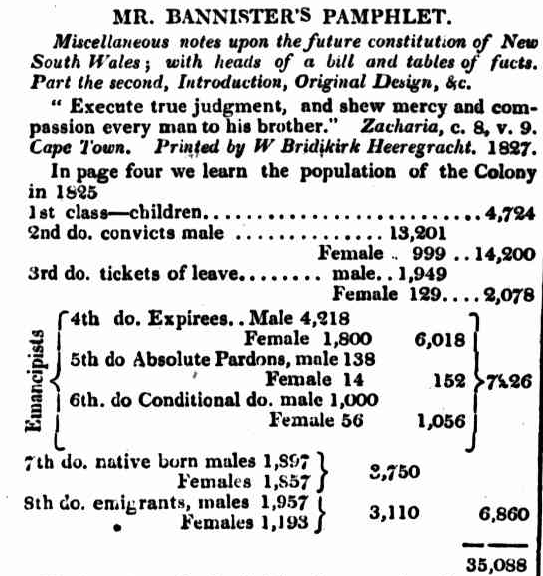[youtube=http://www.youtube.com/watch?v=C_Kh7nLplWo]
In 1827, nearly half of the population of New South Wales were ex-convicts (called Maroons.) During an extreme drought when all the sheep were dying, they were not allowed to cross the river to seek better pastures.




This is entirely unrelated but, I couldn’t find anywhere else to leave this.
Here’s 2 brand new studies that I think you’ll find very… interesting, Steve!
1. http://www.sciencedaily.com/releases/2011/05/110504084032.htm
2. http://www.physorg.com/news/2011-05-canada-arctic-glaciers-ice-caps.html
From Wiki:
When runaway slaves banded together and subsisted independently they were called Maroons. On the Caribbean islands, runaway slaves formed bands and on some islands formed armed camps. Maroon communities faced great odds to survive against white attackers, obtain food for subsistence living, and to reproduce and increase their numbers. As the planters took over more land for crops, the Maroons began to vanish on the small islands. Only on some of the larger islands were organized Maroon communities able to thrive by growing crops and hunting. Here they grew in number as more slaves escaped from plantations and joined their bands. Seeking to separate themselves from whites, the Maroons gained in power and amid increasing hostilities, they raided and pillaged plantations and harassed planters until the planters began to fear a mass slave revolt.[4]